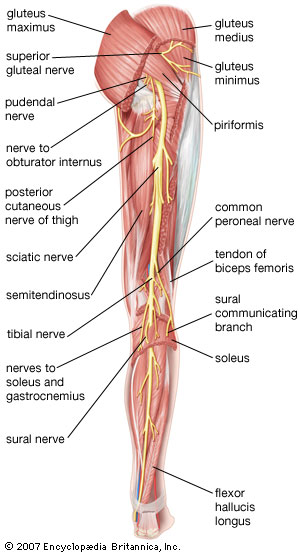Anyone reading this should expect a fair amount of audio, embedded hardware, graphic design and a mix of neuroscience.
On-going projects:
Blender Render Hub V2
Low-cost ARM based rendering, cluster of 4 or more quad-core ARM boards. This project is more about replacing “shared render hub 1.0” which was retired as I reached the limit of the 100/300 Mbps ethernet port wall on the Pi 3B.
Potential render hub is repurposing Jetson Nano into this role when Jetson Nano Next(aka Jetson Nano 2) is released. At the moment Pi 4 has been tested along with Pine64, the latter ability to use eMMC is a nice upside for reliability.
Jetson Nano/Xavier AGX
Originally I had planned on continuing an automotive project with Jetson Nano/Xavier AGX to boost the fast tracking AI, if you’re going to use such in such a critical environment you’ll want redunant systems with fail-over.
Jetson Nano can handle up to four cameras running at 1080p, with some tweaking you can also run four cameras at 720p with 60fps.
Thermal wise you’ll reach close to ~65C without a cooling fan, with a 40mm fan the temps drop to 50C.
–Mobile Platform 2.0
Rework fuel cell platform to sustain 180 days of power between refueling, an old fuel cell battery experiment with 99% alcohol yielded close to 90 days even in extreme cold weather. Side goal design an automotive platform based on this with a top speed of 120-150 MPH even if that means just designing a closed track race car with a rollcage.
Current plans:
Use a LiPo battery to bank surplus power from the fuel cells, downside with this hybrid setup is building a battery firewall for safety. Weight considerations include using a ceramic frame around the battery packs to contain any potential of a battery rupture/fire.
Neurolink
Implant electrodes to nerves, I know a certain biomedical ethics professor would be cringing at this experimental project.
Experiment 1:
Implant electrodes in the skull, spine and leg. Map out electrical feedback and use that data to build into a wearable PC. Upside with this experiment is to create replacement leg or arm with near-like sensory ability. Danger of this kind of implant experiment is infections at incision points.
Example of a skull electrode implant and measurements:



